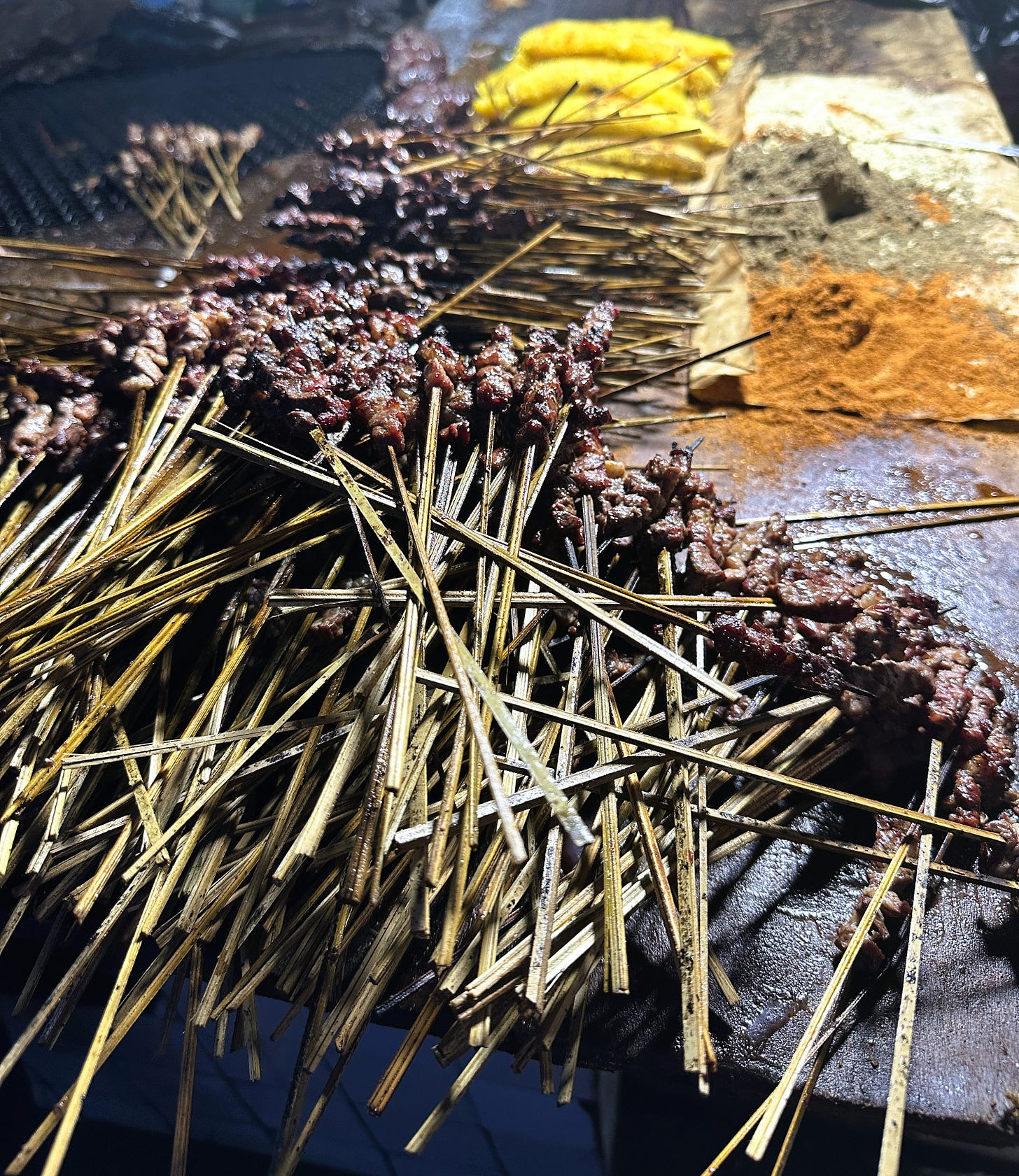Don’t get me wrong, I can easily swing from second-class upwards to luxury living, but there is something to be said for street food that we take chances on. This place looked like a legit liability though - even its name had one wondering: 50/50. We’d just finished the day scouring the National Museum of Cameroon. Carole, my local contact turned companion, was quite confused at how a foreigner could spend so many hours meandering through each of its 30 rooms.
Housed within the former palace of the first President of the Republic, Ahmadou Ahidjo, the Musée National du Cameroun of African Art uses its 5000m² to cover the country’s ten regions, “their traditional attire, music, and instruments, as well as an array of artifacts and photographic archives that trace the nation’s evolution”.
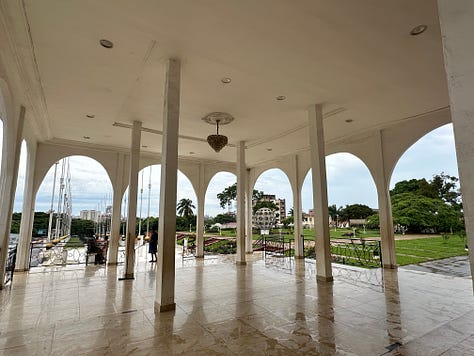
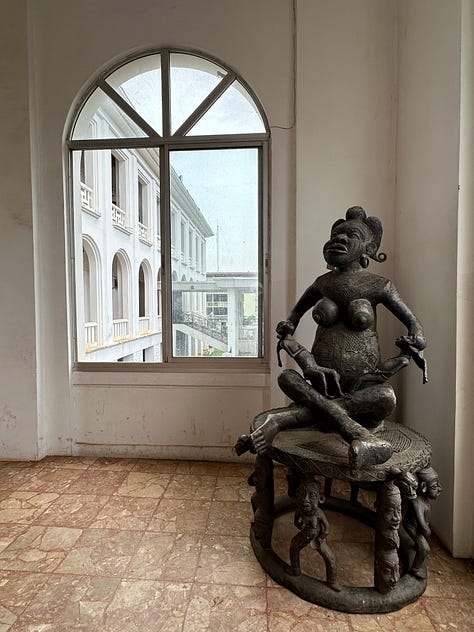
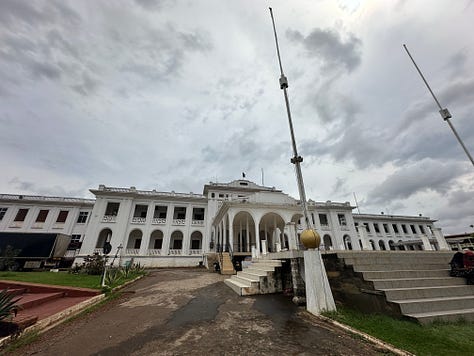
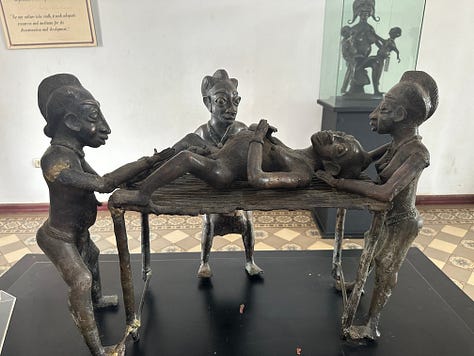
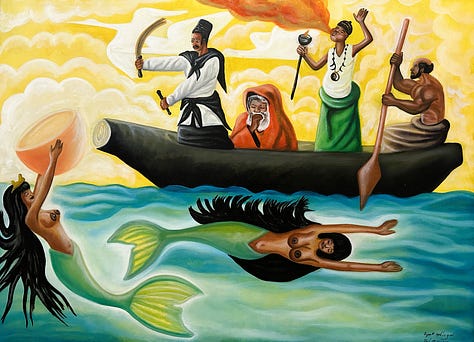
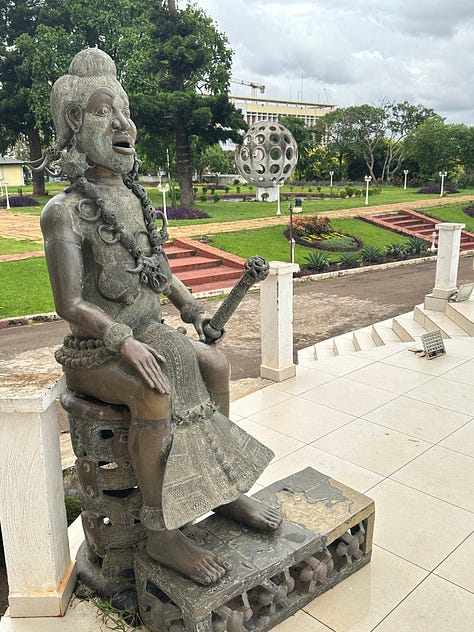
My childhood self might have also been shocked at how I snailed through the journey.
What makes us really get into something, I wondered. The move from wandering to wondering and then, if we’re really vested, into actually working toward something - if it was actually that simple. Oftentimes, instead of feeling like a well-oiled wheel, it’s more like a clutch where the novice driver easily stalls out. But our world has much for us to witness, weave together and wow over.
At the outset of the Museum, there’s a tribute to freedom fighters of the past. One in particular was said to have disguised himself as a woman to go from Douala, Cameroon to Nigeria with a note hidden in traditional food. He was repatriated and executed for high treason because of the lengths he went to in order to share the letter that exposed the Germans. Clearly, there are some for whom the penalty pales in comparison to one’s plight and purpose.
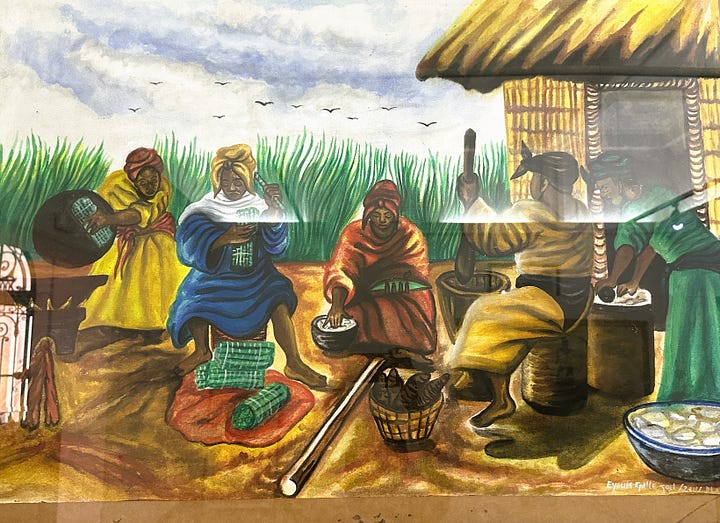
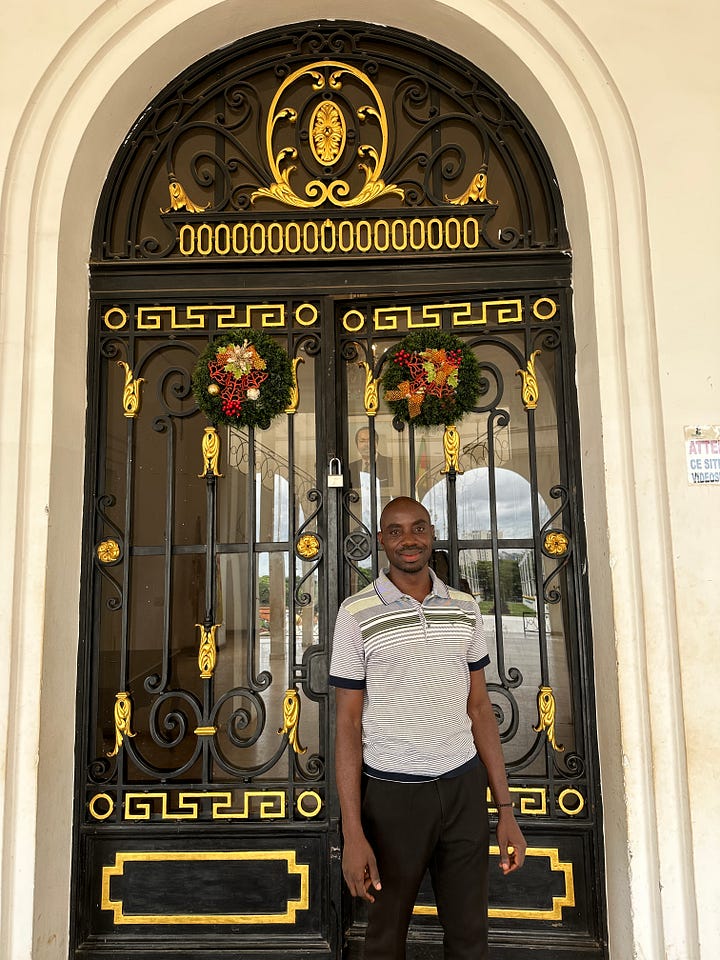
From traditional garb, musical instruments and art work, there was the usual museum fare. The geopolitics and ongoing advocacy efforts were also highlighted. I particularly loved the replicas of traditional houses. They showed the architectural styles specific to regions and peoples of Cameroon. Almost all were simple structures. Almost all were built in clusters. “No one in the past would ever think of building their home alone, away from their community … it would be unheard of,” shared Valeroy, our enthusiastic tour guide. Clearly, while quibbles could complicate things, the notion of communal living outweighed other inconveniences.
Valeroy shared so many insights with me that day. Including the time when he was kidnapped. On a visit to the village to see his family, his life went from random day to thinking about his own d-day. He spoke of his slim chances of escape, and how he remains grateful for being spared.
I suppose the flip side of us sinking our teeth into things is the feeling for that which lays on the other side.
For now, we were at 50/50. The air was thick with aroma and time to oscillate was over. How long do some decisions linger … whether they have limited or lifetime consequences, sometimes we sit half time on one side and half time on the other of the bifurcation in the path.
But for me, this one was a no-brainer. I stood, as all customers did, on some small square footage of the sidewalk, hand outstretched waiting for the skewers to come my way. The price of each brochette was once 50 CFA, hence the name of the famous ‘restaurant’ stall. The spices were simple, yet even in its elemental nature of salt and black pepper, it had me salivating.
I took the handful of sticks that was shoved in front of us. Initially resisting repeat rounds, I saw myself easily acquiescing and digging in once the flavours fueled a gastric, guttural and general wellbeing glee.
Cameroon has reminded us that half the time in life, things can be quite complex. Sometimes though, it might be worth it to lean in and take a nibble, even if the outcome might be 50/50.
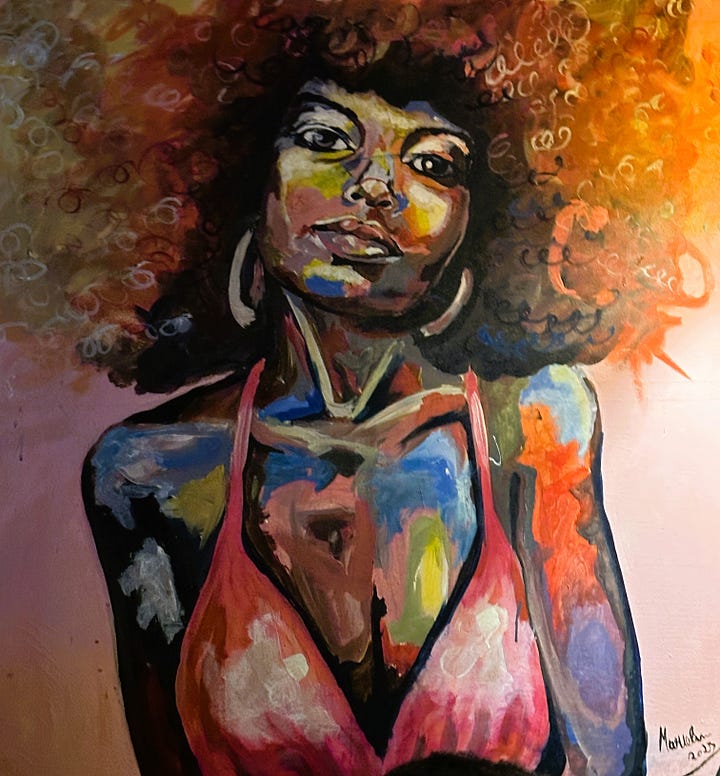
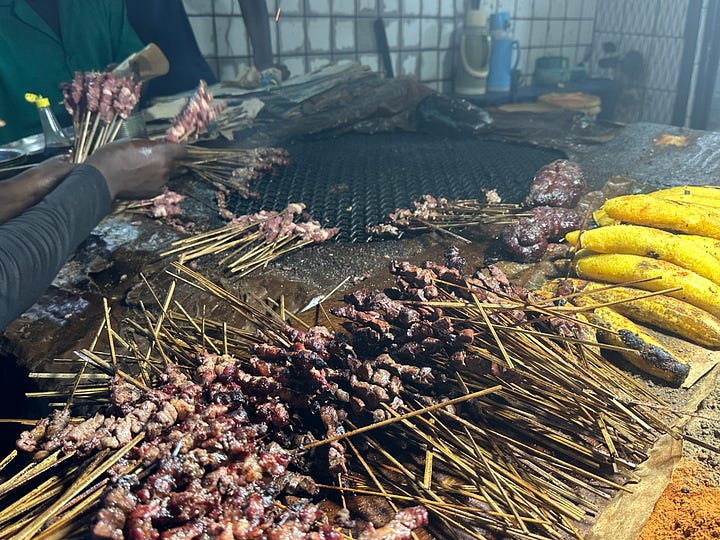
May we let ourselves move beyond the brink of 50/50,




